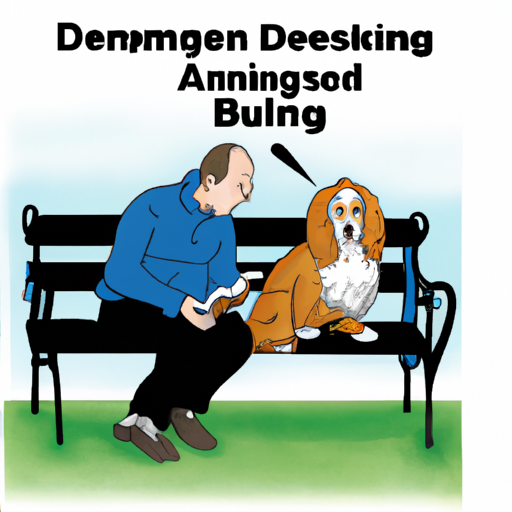Understanding the Behavior
You might have noticed your furry friend humping objects, other dogs, or even your leg. Although it may seem like an embarrassing or uncomfortable situation for you, it’s essential to remember that dogs don’t share our human perspectives on such behavior. Humping or mounting is a natural action for dogs, and they do it for a variety of reasons. Let’s dive deep into why dogs hump and how you, as a caregiver, can manage this behavior.
The Dominance Myth
One of the commonly held beliefs is that dogs hump to establish dominance. But this isn’t necessarily accurate. Behaviourists state that humping is not always about asserting authority. Sometimes, it’s simply a way for your pet to seek attention or express excitement. It’s important to observe the context in which the humping occurs to understand your dog’s motivation better.
Social Situations and Excitement
In some cases, your dog might be humping due to overexcitement or anxiety in social situations. This can be more prevalent in dogs that aren’t well socialized. They might not be sure how to interact with other dogs or people and resort to humping as a coping mechanism. It’s essential to provide your dog with plenty of socialization opportunities to help them feel more comfortable and reduce their anxiety.
Medical Issues
It’s worth noting that, occasionally, humping can be a sign of a medical issue. If your dog’s humping is excessive, it could be due to a urinary tract infection, skin allergy, or other health problem. If you notice any unusual behavior, it’s best to consult with a veterinarian.
How to Manage the Behavior
Now that we’ve explored the possible reasons why your dog might be humping, let’s discuss some strategies to manage the behavior.
- Distraction. As soon as you notice your dog preparing to hump, try to distract them with a toy or command.
- Teach a “leave it” command. This can be an effective way to stop your dog from humping.
- Provide plenty of exercise. Dogs often hump out of boredom or excess energy.
Remember, patience is key when dealing with any behavioral issue in dogs.
| Tips for Handling Humping |
|---|
| Don’t punish your dog |
| Stay calm and composed |
| Seek professional help if needed |
Frequently Asked Questions
Q: Is humping always a sign of dominance?
A: No, humping can be a result of various factors like excitement, anxiety, or medical issues.
Q: Should I punish my dog for humping?
A: No, punishment can create fear and confusion. Instead, use positive reinforcement techniques.
Q: Can humping be a sign of a medical issue?
A: Yes, excessive humping can sometimes indicate a health problem. If you’re concerned, it’s best to consult with a veterinarian.
Now that you’re armed with this knowledge, you can better understand and manage your dog’s behavior. Remember, it’s all part of the joy and challenge of being a caregiver to your furry friend.



